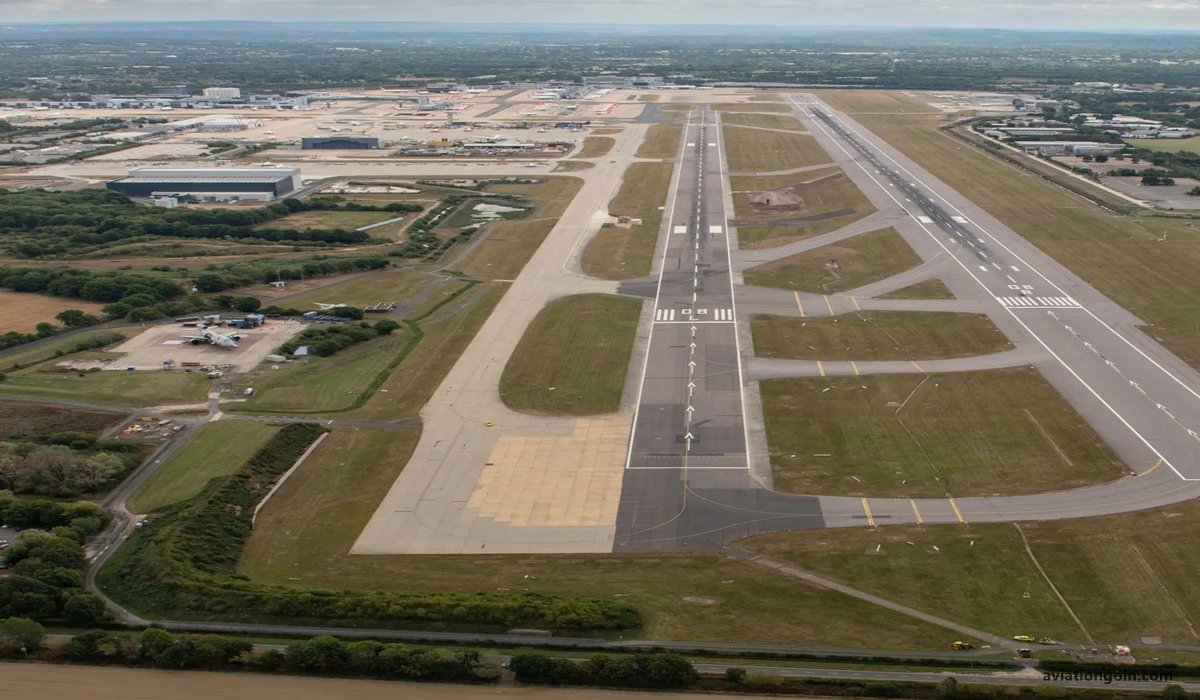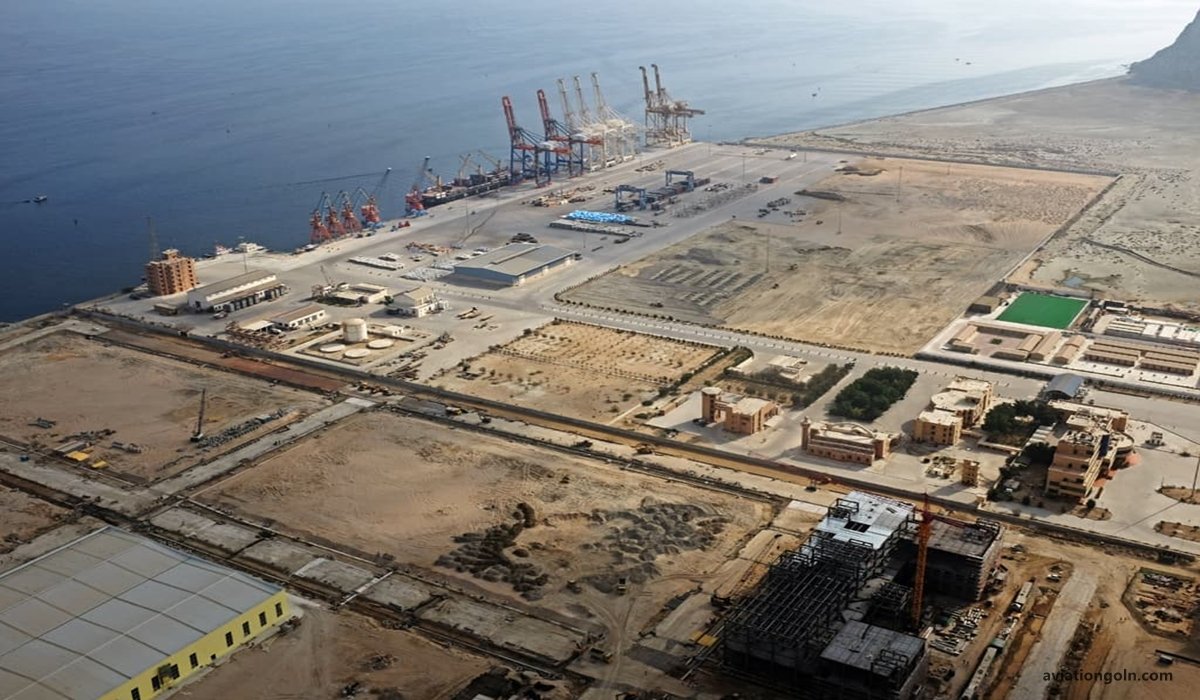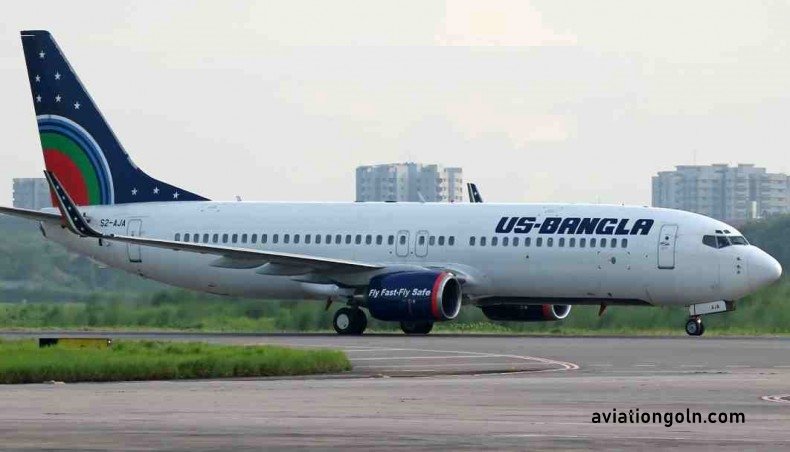Decision-Making Frameworks: Airports, as critical infrastructure components in the global transportation ecosystem, face myriad challenges. From passenger satisfaction, safety, and security to environmental impacts, technological advancement, and financial sustainability, the decisions made by airport authorities have far-reaching consequences. As such, it is crucial to have robust decision-making frameworks in place. This article delves into strategic decision-making processes that can be employed by airports to ensure they make informed, timely, and beneficial choices.
Decision-Making Frameworks: Strategic Decision Making
1. Introduction: The Importance of Decision-Making in Airports
Every decision, from the macro-level choices concerning airport expansion to micro-level determinations like selecting vendors, influences the trajectory of an airport’s success and its impact on stakeholders. With diverse and often conflicting interests at play, airport authorities need to employ a systematic approach to decision-making that considers all angles.

2. The Strategic Decision-Making Process
While various frameworks can be adopted, a general strategic decision-making process for airports can be divided into the following phases:
- Identification: Recognize and clearly define the decision that needs to be made.
- Information Gathering: Compile data and intelligence relevant to the decision.
- Alternative Analysis: List possible courses of action, assessing the pros and cons of each.
- Selection: Choose the most appropriate alternative based on the analysis.
- Implementation: Act on the decision.
- Evaluation: Monitor and evaluate the outcomes to determine the decision’s effectiveness.

3. Decision-Making Frameworks
Several strategic frameworks can be tailored to fit the unique challenges faced by airports:
3.1 SWOT Analysis
A SWOT analysis assesses an airport’s Strengths, Weaknesses, Opportunities, and Threats.
- Strengths: Internal advantages that give an airport a competitive edge.
- Weaknesses: Internal challenges that can impede success.
- Opportunities: External factors that an airport can capitalize on.
- Threats: External challenges that might adversely affect an airport.
This analysis provides a comprehensive view, allowing for decisions that bolster strengths, remedy weaknesses, leverage opportunities, and mitigate threats.
3.2 PESTEL Analysis
PESTEL stands for Political, Economic, Social, Technological, Environmental, and Legal. This framework evaluates the macro-environmental factors influencing an airport’s operation. By understanding these external variables, airports can predict challenges and opportunities in the horizon, allowing for proactive decision-making.

3.3 Cost-Benefit Analysis
Especially vital for financial and investment decisions, this framework evaluates the potential costs and benefits of a decision to determine if the benefits outweigh the costs. For instance, when considering a terminal expansion, the costs of construction are weighed against the projected revenue from increased passenger traffic.
3.4 Decision Matrix
This framework employs a grid to evaluate multiple decision alternatives against specific criteria. Each option is scored based on how well it satisfies each criterion. This method is particularly effective for decisions where multiple viable options exist, such as selecting an airline partner or determining a location for a new hangar.

4. Stakeholder Involvement
The airport ecosystem consists of numerous stakeholders, including passengers, airlines, regulatory bodies, local communities, and employees. Decisions are more robust and garner more support when these stakeholders are actively involved in the decision-making process. Tools such as stakeholder mapping can help in identifying and prioritizing which groups should be consulted or involved.

5. Incorporating Technology
In today’s digital age, technology plays a pivotal role in decision-making. Data analytics, machine learning, and artificial intelligence can aid in gathering insights, forecasting trends, and even simulating the outcomes of various decisions. For instance, predictive analytics might inform airports about potential passenger traffic, aiding in decisions about resource allocation.

6. Ethical Considerations
Airports have a responsibility to make decisions that are ethically sound. This entails considering the broader societal impact, ensuring fairness, and transparency, and respecting the rights of all stakeholders. For instance, when expanding an airport, it’s essential to weigh the economic benefits against potential environmental degradation and the impact on local communities.

7. Challenges in Airport Decision-Making
Airports face unique challenges:
- Complex Stakeholder Landscape: Balancing the diverse and often conflicting needs of various stakeholders can be daunting.
- Rapid Technological Advancements: The rapid pace of technological change means airports must frequently re-evaluate their strategic direction.
- Regulatory Constraints: Airports operate within strict regulatory frameworks that can limit decision-making flexibility.
- Environmental and Social Concerns: The global focus on sustainability and social responsibility puts added pressure on airports to make eco-friendly and community-friendly choices.

Strategic decision-making in airports is a complex yet vital undertaking. By employing robust decision-making frameworks and incorporating stakeholder input, technological insights, and ethical considerations, airports can navigate the intricate landscape of challenges and opportunities they face. As hubs of global connectivity, airports’ choices resonate far and wide, making the quality of their decisions paramount to their success and broader societal impact.
